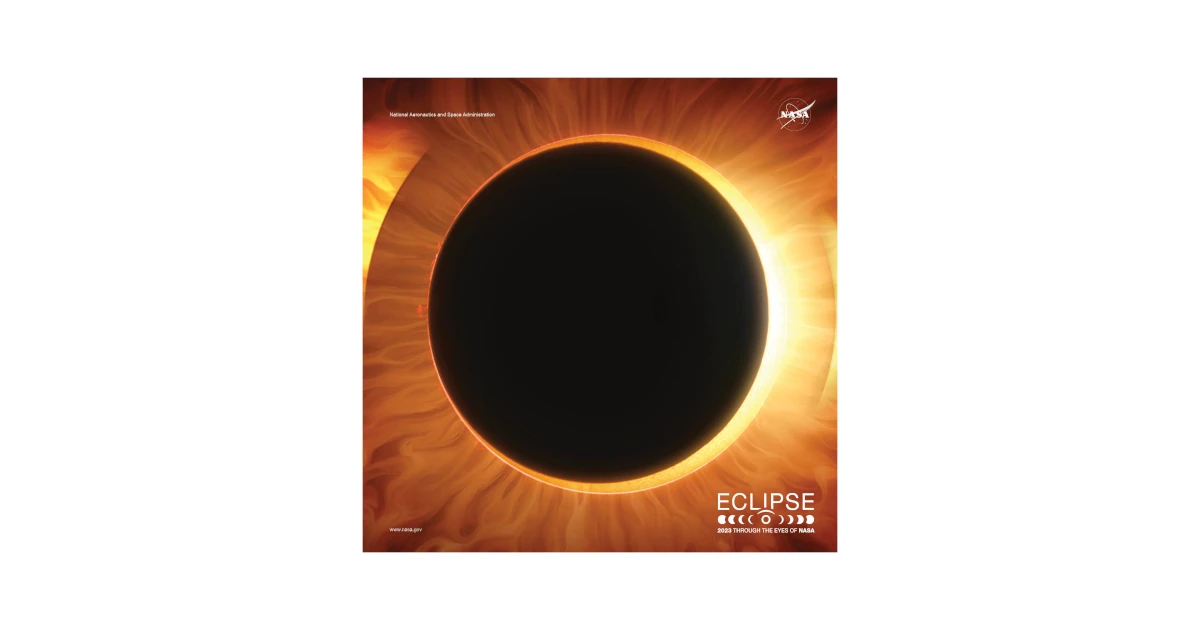ADVERTISEMENT
On October 14, 2023, an annular solar eclipse will cross North, Central, and South America. During an annular eclipse, the Moon passes in front of the Sun but does not completely cover it, leaving a ring of sunlight visible around the Moon’s edge. Annular eclipses are relatively rare, occurring about once every year or two.
The path of the annular eclipse of October 14, 2023 will begin in Oregon at 9:13 a.m. PDT and end in Texas at 12:03 p.m. CDT. The eclipse will be visible from a narrow path that crosses the United States from Oregon to Texas, and then continues through Mexico, Central America, and South America. The maximum duration of the annular eclipse will be 4 minutes and 53 seconds, and will occur in Texas at 11:34 a.m. CDT.
If you live within the path of the annular eclipse, you can safely view it with special eclipse glasses. Eclipse glasses are designed to block out the Sun’s harmful ultraviolet and infrared rays, and allow you to safely view the eclipse without damaging your eyes.
What to expect during an annular solar eclipse
When the Moon first begins to pass in front of the Sun, you will notice a slight darkening of the sky. As the Moon continues to cover the Sun, the sky will become darker and darker, and the Sun will begin to take on a crescent shape.
At the moment of annularity, the Moon will be perfectly centered in front of the Sun, leaving a ring of sunlight visible around the Moon’s edge. The ring of sunlight is called the annulus, and it is the most spectacular part of an annular solar eclipse.
The annulus will remain visible for a few minutes, and then the Moon will begin to move away from the Sun. As the Moon moves away, the Sun will gradually regain its normal shape and brightness.
Safety tips for viewing an annular solar eclipse
It is important to remember that it is never safe to look directly at the Sun, even during an annular solar eclipse. The Sun’s rays are powerful enough to damage your eyes, even if the Sun is partially covered by the Moon.
The only safe way to view an annular solar eclipse is to use special eclipse glasses. Eclipse glasses are designed to block out the Sun’s harmful ultraviolet and infrared rays, and allow you to safely view the eclipse without damaging your eyes.
If you do not have eclipse glasses, you can safely view the annular eclipse by projecting its image onto a screen. To do this, you can use a telescope, binoculars, or even a cardboard box with a small hole in it.
Other ways to experience the annular solar eclipse
If you live outside of the path of the annular eclipse, or if you are unable to safely view the eclipse with eclipse glasses, there are still other ways to experience this celestial event.
Many observatories and astronomy clubs will be hosting public viewing events during the annular solar eclipse. These events will provide you with a safe and educational way to view the eclipse.
You can also watch the annular solar eclipse online. NASA and other organizations will be live streaming the eclipse from various locations along the path of totality.
No matter how you choose to experience it, the annular solar eclipse of October 14, 2023 is a rare and amazing event that you won’t want to miss.
In addition to the above, here are some other interesting facts about the annular solar eclipse of October 14, 2023:
- The annular eclipse will be visible from a narrow path that crosses the United States from Oregon to Texas, and then continues through Mexico, Central America, and South America.
- The maximum duration of the annular eclipse will be 4 minutes and 53 seconds, and will occur in Texas at 11:34 a.m. CDT.
- The annular eclipse will be the second of three notable solar eclipses viewable from the USA. It follows the ‘Great American’ total eclipse of August 2017, and comes six months before the Mexico-US-Canada total eclipse of April 2024.
- The annular eclipse is also known as a “ring of fire” eclipse, because of the ring of sunlight that remains visible around the Moon during the eclipse.
- Annular eclipses are relatively rare, occurring about once every year or two.
- The next annular solar eclipse visible from the United States will occur on October 14, 2024.
If you live within the path of the annular eclipse of October 14, 2023, be sure to mark it on your calendar and make plans to safely view this celestial event. It is an experience that
ADVERTISEMENT
